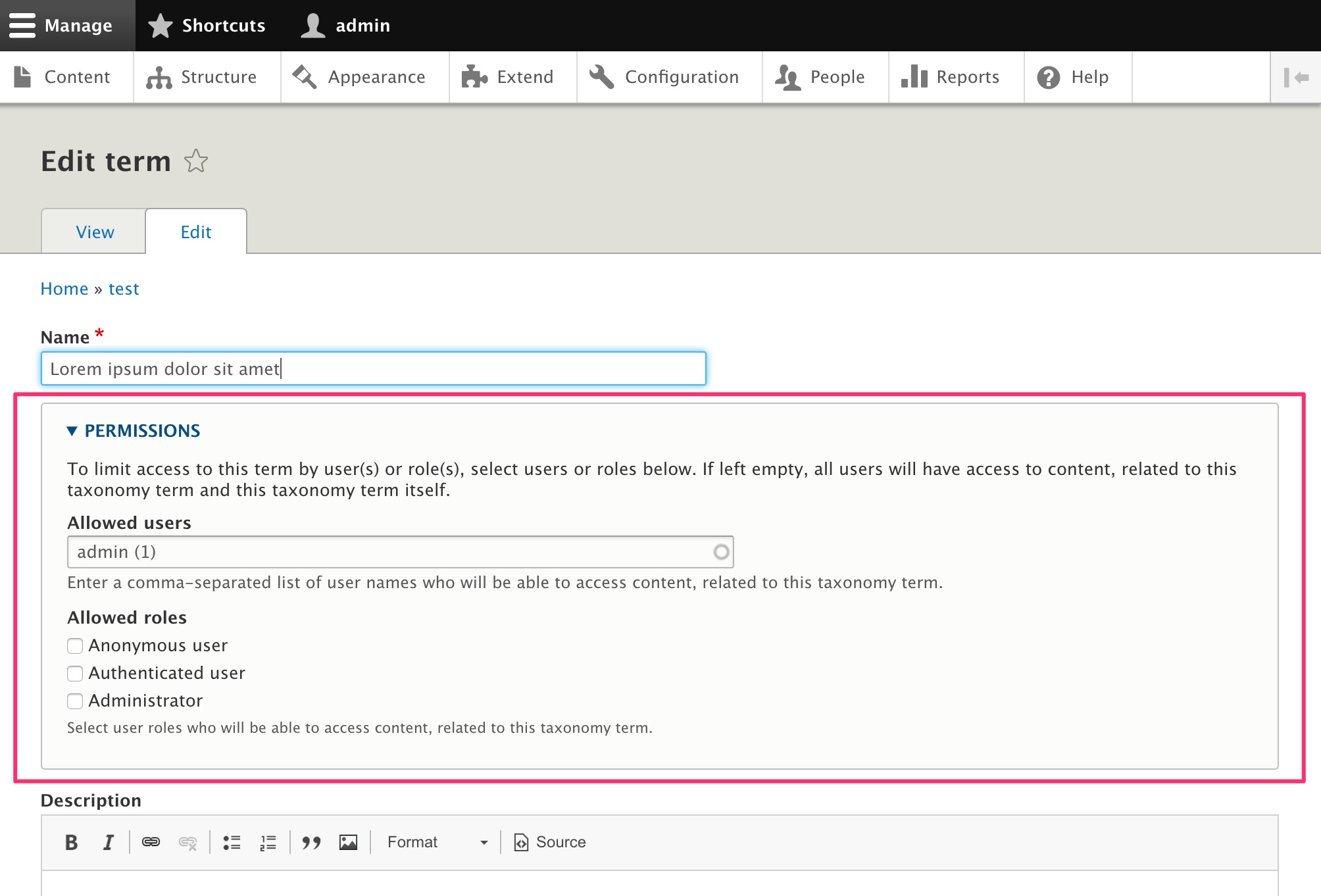

Being able to promptly see the effects of your changes is incredibly important.

This boom and bust cycle of response times of mine has been going on for years and will continue indefinitely. Wait a minute, everything I’m using Compass for, PostCSS handles. That’s so much faster! Back down to 3 seconds. Because Compass! And Vertical Rhythm! And Breakpoint! And Susy! Holy crap, it’s taking 8-12 seconds to compile CSS? Node sass you say?. What’s this? LiveReload? OH MY GOD! It refreshes the page immediately upon saving! It even injects my CSS without refreshing the page! I’m so super fast right now! Whoa! Less! I can nest all my CSS so it matches the DOM exactly! Well that was a terrible idea. My progression of development practices went something like this. I could just save a file, switch to the browser and refresh! What was taking minutes was reduced to seconds. The benefits of developing locally are too numerous to list here, but the most obvious is not having to push changes to a remote server to see the effects. It was time to act like a grown up and develop with a local server.
Drupal quick node browser code#
If I wanted to make changes to the server, I had to commit code and push it up. Servers were typically managed with version control. Then I started working with development teams. At the time, my mind was blown by the efficiency of it. Once I found Transmit, I could mount a remote directory locally and automatically save files to the server. When I first started working with Drupal, back in the day, I would ftp changes to a server and refresh the page.

I’m always looking for ways to reduce the time between saving a file and seeing changes on the screen. TL DR: Just here for Browsersync setup? Skip to the steps.


 0 kommentar(er)
0 kommentar(er)
